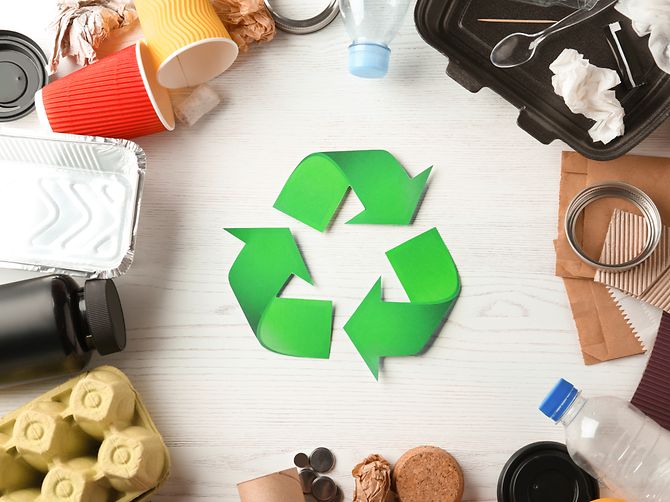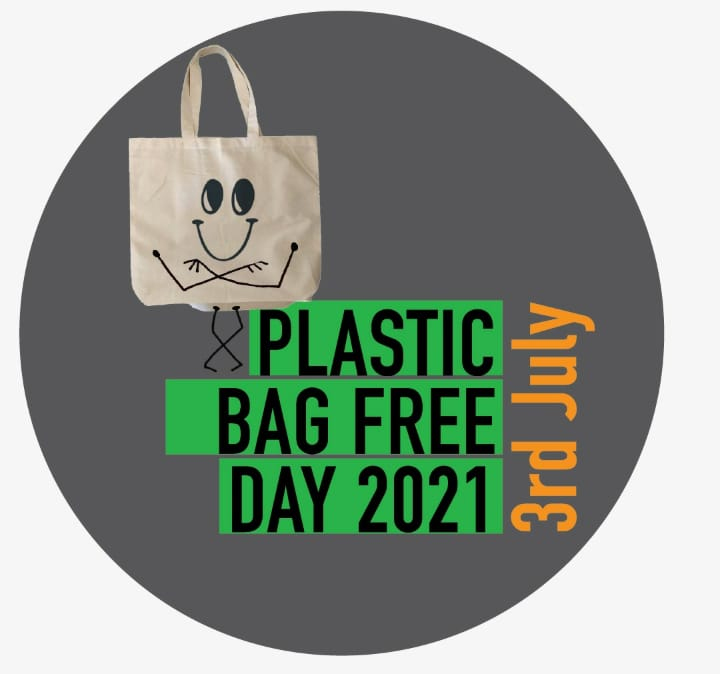For the last 50 years, plastic consumption has continued to increase. The versatile and low-cost material continues to excel at countless new applications. They range from improving food safety and distribution efficiency to helping to create lighter, more fuel-efficient vehicles. Unfortunately, our collective ability to effectively recycle this material has lagged.
In 2013, some 299 million tons of plastic were produced worldwide, according to the Worldwatch Institute, as plastic continues to replace over materials. With this proliferation, the need to effectively recycle this material and keep it out of landfills increases recently.
While plastic made up less than 1% of municipal solid waste in the 1960s, it had more than doubled by the first decade of the 2000s. According to the United Nations Environmental Program, between 22 and 43 percent of plastic is disposed of in landfills worldwide.
Key Facts to Consider
Here are some other facts to consider from Worldwatch Institute
- Only 9 percent of post-consumer plastic, amounting to 2.8 million tons, was recycled in the U.S. during 2012. The balance, totaling 32 million tons, was sent to landfills or otherwise discarded.
- Producing plastic needs around 4 percent of annual petroleum consumption globally, and an additional 4 percent employed to power manufacturing processes for plastic production.
- In Europe, where producing electricity in 2012 consumes 36 percent of post-consumer plastic, energy waste is a practical solution. Recycling absorbed about 26 percent of post-consumer plastic generation or 6.6 million tons. The balance, 38 percent of post-consumer plastic, ended up in landfills.
The Problem of Plastic Garbage in Oceans
Additionally, between 10 to 20 million tons of plastic end up annually in the oceans. According to a study cited by the Worldwatch Institute, 5.25 trillion plastic particles, weighing about 268,940 tons, currently adrift in oceans in the world. The economic impact of this situation amounts to losses of $13 billion per year due to financial losses to fisheries and tourism and time spent cleaning beaches.
Uncontrolled Recycling
One of the challenges for sustainable recycling is the flow of plastic material to unsophisticated recycling operations abroad. In 2012, 56% of worldwide plastic recovered shipped to China.
Meeting the Need for Recycling
In response to the shift to plastic, the plastics recycling industry has continued to expand as well. Plastic recyclers provide many benefits environmentally as well as to the economy. According to the Institute for Recycling Industries (ISRI), using recycled material has many environmental benefits than using virgin material in terms of the reduced demand for raw resources. Besides, it can decrease the energy required for processing. Regarding the diversion, recycling helps keep plastic material out of landfills.
The use of recycled materials is more energy-efficient than new material while avoiding the consumption of new resources. For example, the U.S. Environmental Protection Agency (EPA) notes that plastic recycling results in significant energy savings amounting to an estimated 50–75 MBtus per ton of recycled material versus production of new plastics using virgin materials.
Continued Advancement
Progress continues made in both the rate of recovery of plastic material and the efficiency of the recycling industry. For example, new beverage bottle recycling plants can recycle polyethylene terephthalate(PET) bottles into food-grade plastic. Additionally, researchers continue to explore how to derive more value from plastic residuals in many creative approaches, stemming from waste energy to convert plastic to oil.
In 2010, 9.2 billion tons of plastic were recycled, including 5.3 billion pounds of post-industrial scrap and 3.7 billion pounds of post-consumer material. The U.S. exported $940 million worth of plastic waste in 2010.
Systematic Approach Needed
When it comes to recycling, industry thinking leaders agree that a holistic solution that encompasses the whole product lifecycle is needed. The challenge is to draw on the extraordinary properties of plastic when designing a framework that prioritizes architecture for recycling and more efficient recovery.
While the future of plastic recycling looks bright, there is still a long way to go. A significant amount of plastic waste goes to landfills for many reasons. It includes inadequate coverage of urban curbside recycling systems, conflicting state regulations, and local uncertainty about what is and is not recyclable packaging design problems, and so on.




